Optimal Timing for Baseboard Heater Replacement

Replacing baseboard heaters during warmer months minimizes disruption and allows for installation in milder weather.
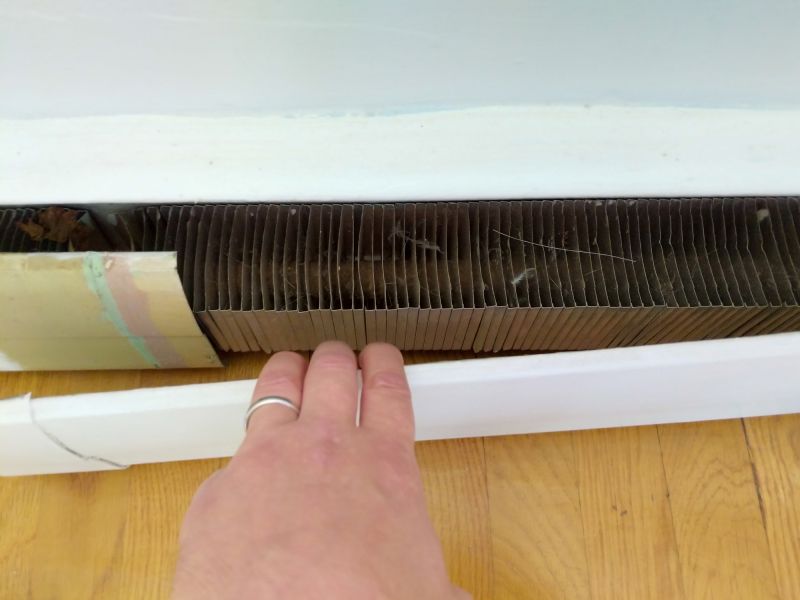
Dry, moderate weather ensures better installation conditions and reduces the risk of delays.

Off-peak seasons often provide more scheduling options and potentially lower costs.
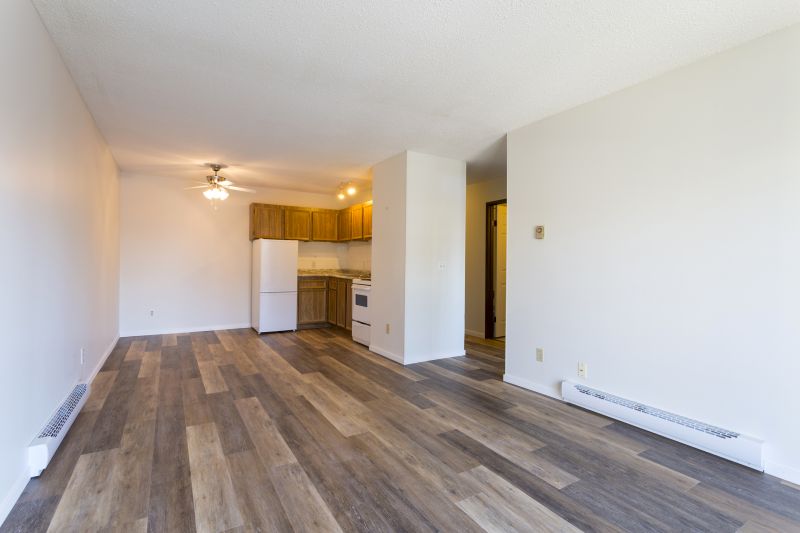
Ways to make Baseboard Heater Replacements work in tight or awkward layouts.
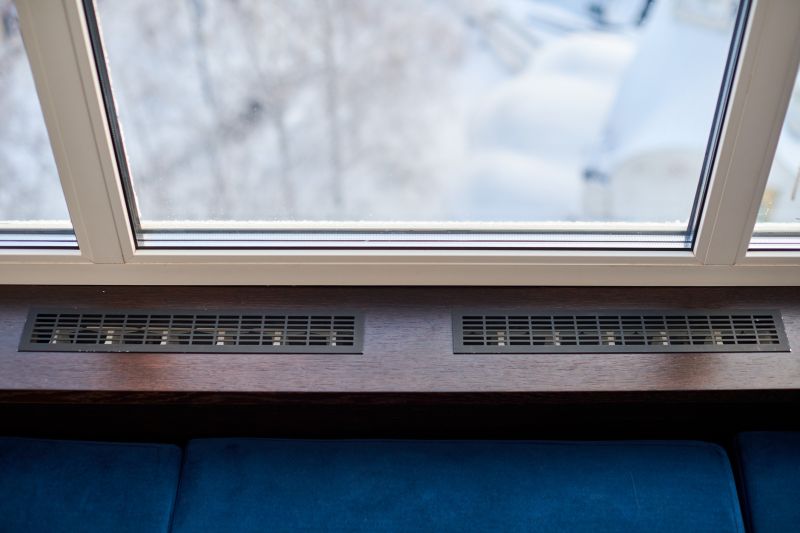
Popular materials for Baseboard Heater Replacements and why they hold up over time.

Simple add-ons that improve Baseboard Heater Replacements without blowing the budget.
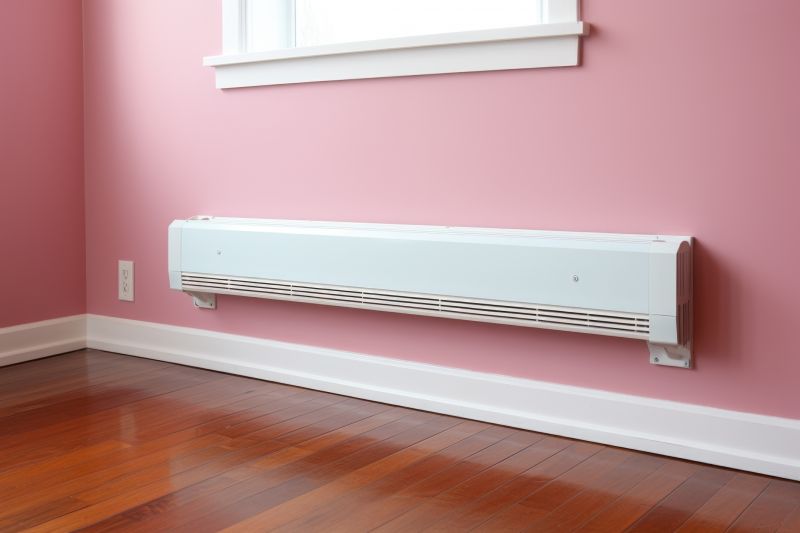
High-end options that actually feel worth it for Baseboard Heater Replacements.
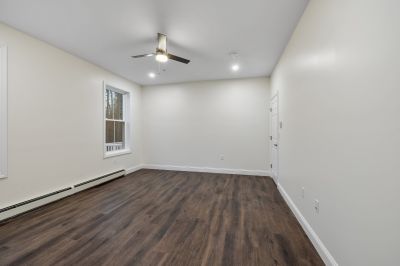
Finishes and colors that play nicely with Baseboard Heater Replacements.
Baseboard heater replacements are typically most efficient when scheduled during periods of mild weather. This allows for easier installation without the need for complex weatherproofing or heating disruptions. Additionally, planning replacements during non-peak heating seasons can reduce costs and avoid inconveniences during colder months.
Statistics indicate that scheduling heater replacements in spring or late summer can lead to quicker installations and less downtime. Proper timing ensures that the heating system functions optimally when needed most, and can extend the lifespan of new units by allowing for proper setup and testing in suitable conditions.
Replacing heaters before peak usage can improve energy efficiency and prevent unexpected breakdowns.
Frequent repairs, uneven heating, or rising energy bills suggest it may be time for a replacement.
Scheduling ahead ensures availability of preferred installation dates and allows for proper planning.
Off-season replacements can sometimes be more cost-effective due to lower demand and promotional offers.
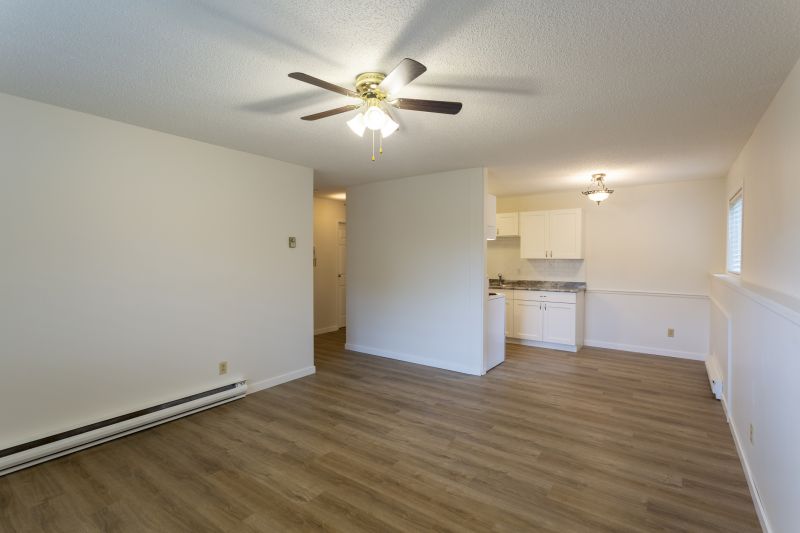
Technicians carefully disconnect and remove outdated baseboard heaters.

The space is prepared for the new units, ensuring proper fit and safety.
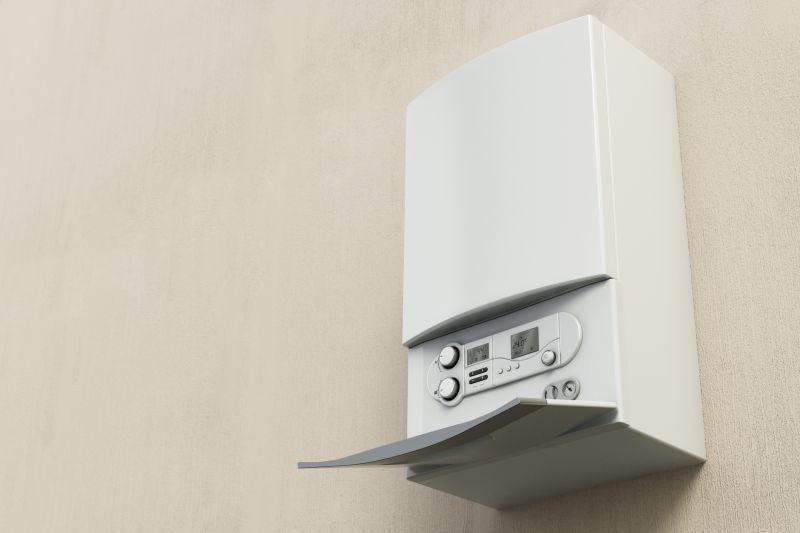
Modern baseboard heaters are installed with attention to electrical and safety standards.
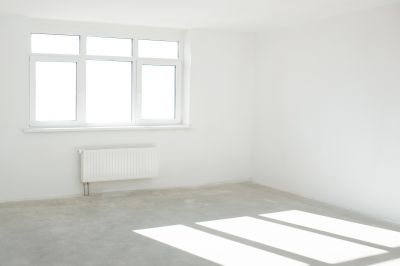
The new system is tested for proper operation before completion.
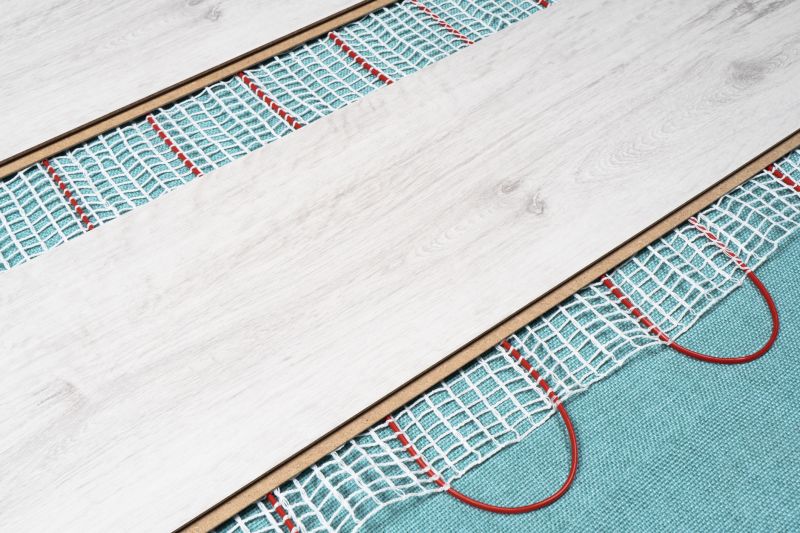
Final adjustments and cleanup ensure a neat, functional installation.
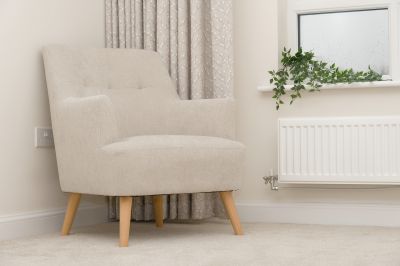
New units often provide improved energy savings compared to older models.

Modern heaters are available in various styles to match interior decor.

Properly installed heaters require minimal upkeep and offer reliable performance.
| Aspect | Details |
|---|---|
| Best Seasons | Spring and late summer are ideal for replacements. |
| Weather Conditions | Dry and mild weather ensures smoother installation. |
| Scheduling Benefits | Off-peak seasons may offer cost savings and availability. |
| Preparation Time | Allow sufficient lead time for planning and procurement. |
| Energy Efficiency | New heaters perform better when installed properly in optimal conditions. |
| Installation Duration | Typically shorter during favorable weather. |
| Cost Factors | Demand and seasonal promotions can influence prices. |
| System Compatibility | Ensure compatibility with existing electrical systems before scheduling. |



